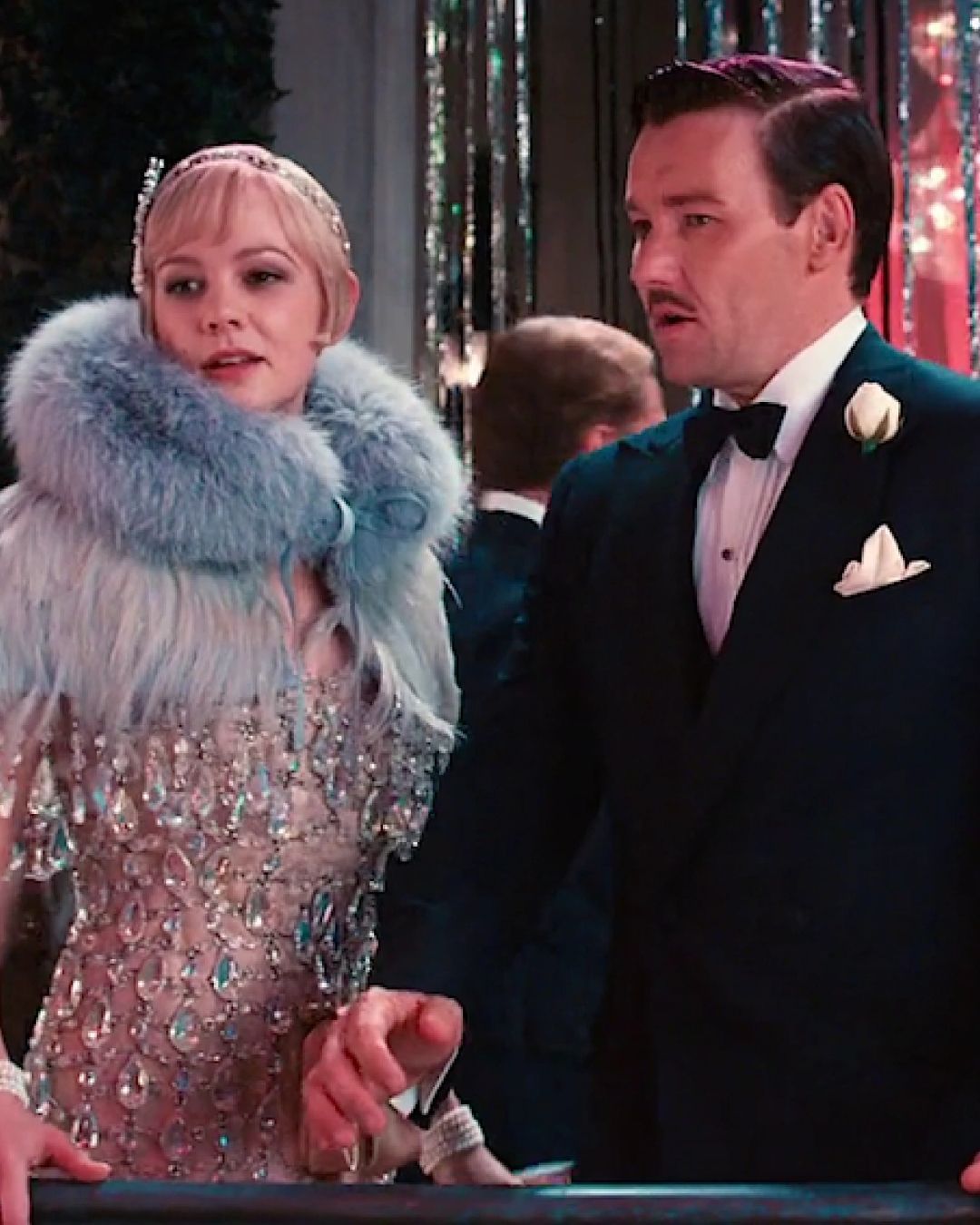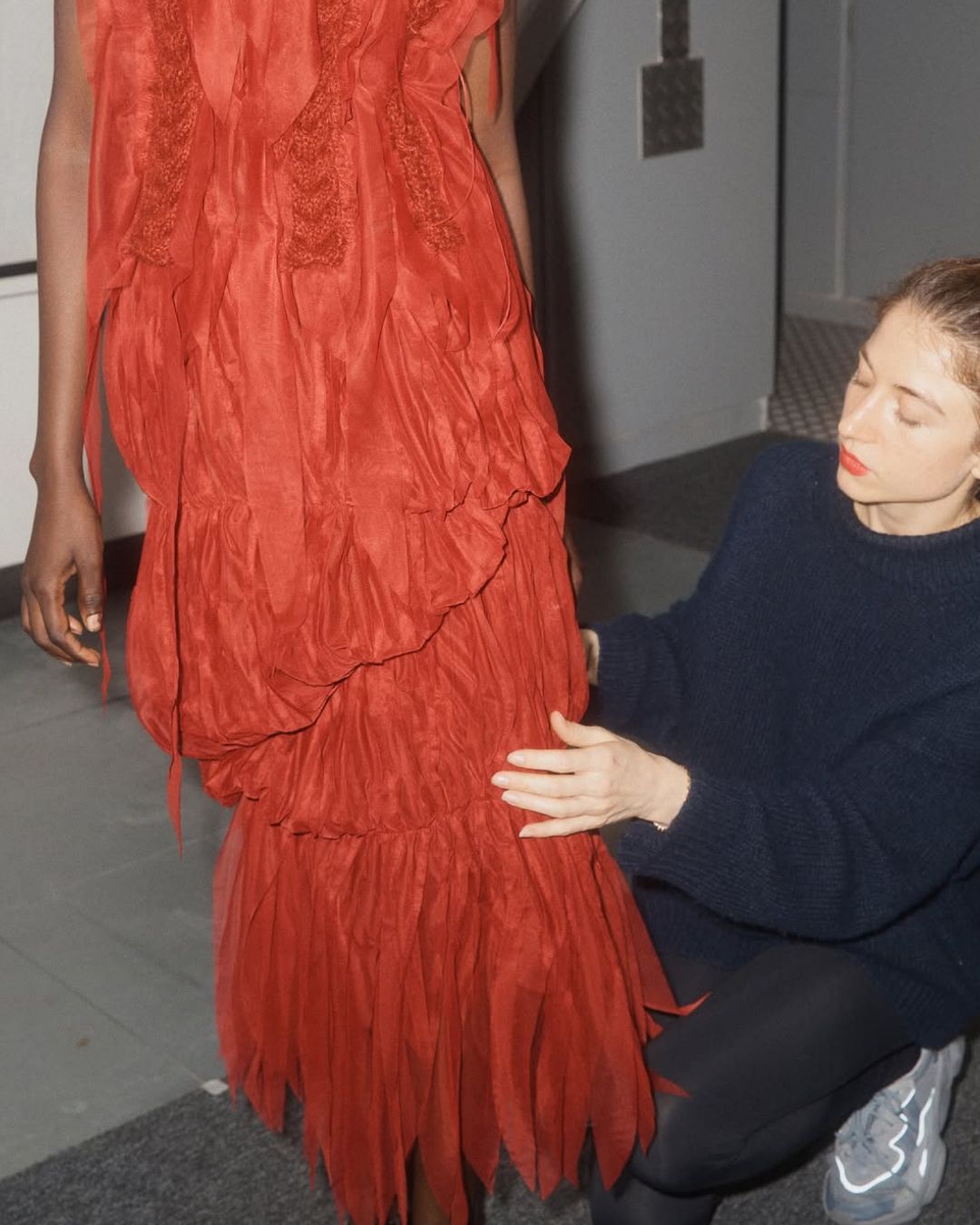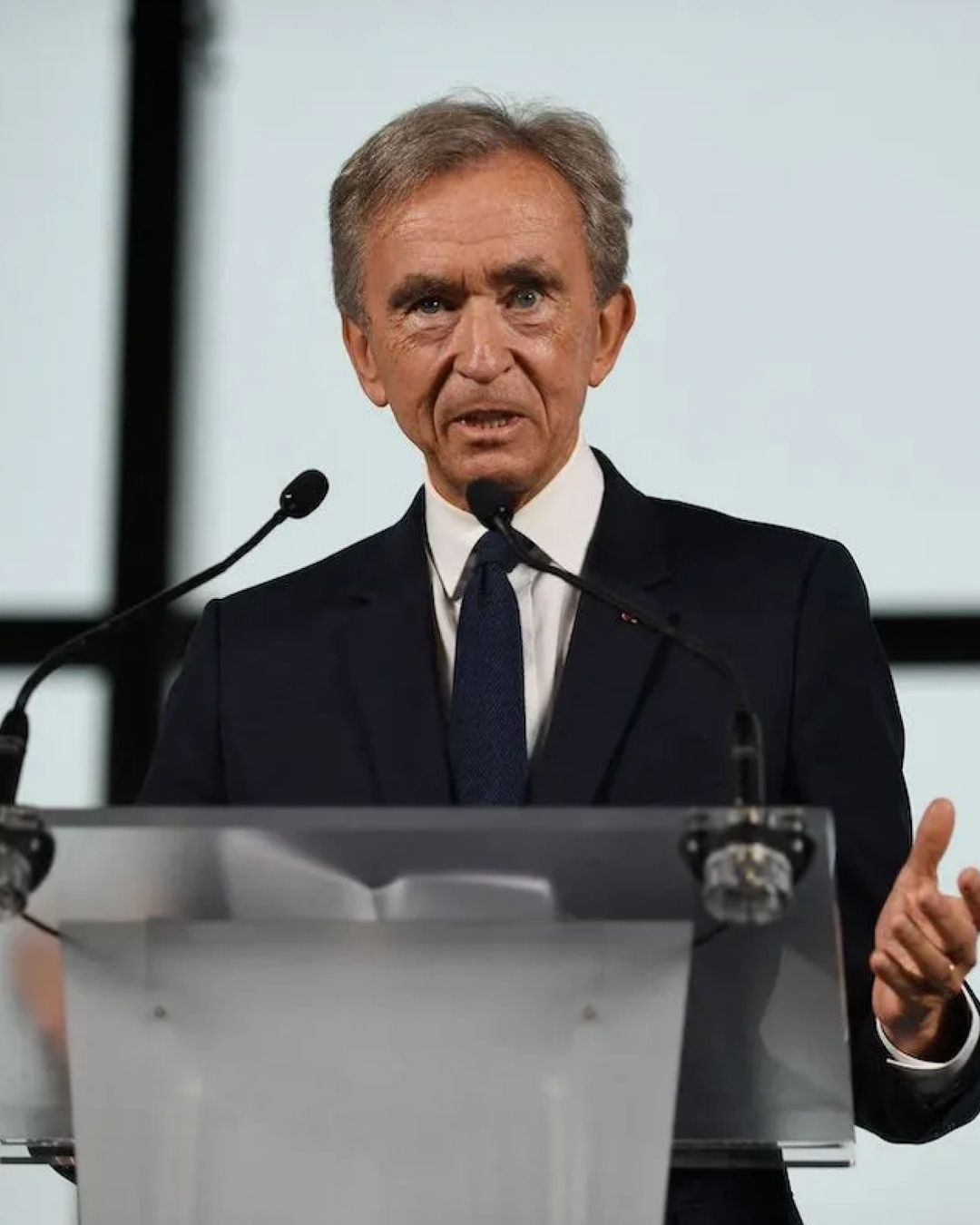
Burberry to cut 1,700 jobs Despite brand recovery, luxury crisis claims victims
Burberry has announced its intention to cut around 1,700 jobs across its global network by 2027, in an effort to reduce operational costs in response to a luxury market crisis that is slowing its recovery. The brand shared the news along with its latest financial results, which are not encouraging but leave a glimmer of optimism, as the sharp revenue decline coincides with an acceleration in restructuring under new CEO Joshua Schulman. The 20% reduction in Burberry’s global workforce will mainly affect office roles, as well as the night shift at the Castleford factory dedicated to producing the iconic trench coat — a sign that savings are being pursued wherever possible. The goal is to save about £60 million over the next two years, bringing total projected annual savings to £100 million. Schulman, it should be noted, joined Burberry last July to replace the former CEO, dismissed with immediate effect after a period of poor performance, and immediately launched a restructuring plan that includes reversing recent price hikes, cutting costs, and refocusing on outerwear and a more traditional aesthetic. This effort has been visible not only in campaigns, but also in a clear shift in Burberry's collections led by Daniel Lee, whose latest London show received positive reviews.
@nssmagazine Daniel Lee and Burberry have just closed London Fashion Week with their FW25 collection, an ode to “city dwellers who escape for the weekend.” #burberry #daniellee #londonfashionweek #lfw #london #fashiontiktok #tiktokfashion #lfw2025 #naomicampbell #model #runwayshow Leather Forever - Miss Kittin & The Hacker
The announcement comes after a difficult period for the brand, which recorded £2.5 billion in revenue in the twelve months ending March 29, a 17% decrease from the previous year. Operating losses amounted to £3 million, compared to a £418 million profit the previous year, and net results shifted from a pre-tax profit of £383 million to a £66 million loss. As mentioned, despite these unpleasant austerity measures that the brand will have to implement, there are still signs of progress in the restructuring plans that allow for cautious optimism. Adjusted operating profit, for example, reached £26 million, far exceeding analysts’ expectations of around £4 million — a result that, according to BoF, suggests that the turnaround strategy led by Schulman is starting to bear fruit ahead of schedule. Burberry’s shares also rose 9% in early trading after the announcement, buoyed by investor optimism about the company’s potential stabilization after years of turbulence. Quarterly sales declined by 6%, still a better figure than the forecasted 8% drop.
These numbers may look bad, but it's important to consider that we are in a period of crisis in the luxury sector affecting even the most established players in the market: in the first quarter of the year, the fashion division of LVMH saw a 5% drop in sales, a figure not far from Burberry’s decline; while Kering’s and Lanvin Group’s sales saw even steeper drops. Considering the rise in the stock market — a clear sign of investor confidence — and the possibility that the brand could unexpectedly rebound this summer thanks to the comeback of the tartan-print bikini, there’s reason to believe that Schulman’s “treatments” may be starting to work — especially since the brand continues to enjoy strong public affection. Surely, had these recovery efforts occurred under better circumstances or during the first CEO transition, the brand would be in significantly better shape today. But if Burberry’s financial and strategic direction can align with the success of its new collections among both critics and consumers, we may see the brand reestablish itself sooner than expected.















































